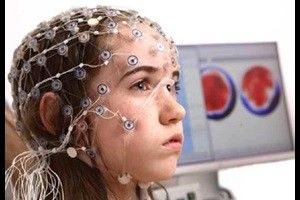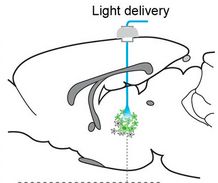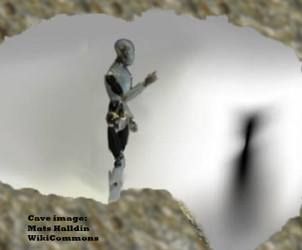Dec 22, 2015
Unlocking the Brain a Healing Promise for Those Who Suffer
Posted by Dan Faggella in categories: neuroscience, science
Controlling the brain, consciousness and the unconscious through artificial means has long been a staple plot of science fiction. Yet history has a way of proving the fictional to end up as possible, and the future of brain-machine interface appears to hold greater promise than ever before.

Image Credit: Society for Neuroscience (SFN)
According to Neuroscience Researcher, Yale University Fellow, and the Director of Yale’s Clinical Neuroscience Imaging Center, Dr. Hal Blumenfeld, we can now therapeutically (and safely) go inside the brain. As he reflected on the recent advances in neuroscience, Blumenfeld cited the progress that’s been made in the last decade in understanding the relationship between brain activity and conscious thought as one of the biggest breakthroughs. The ability to find the switch in the brain that regulates consciousness, and turn it on and off, is a major step toward the treatment of epilepsy, brain injuries and more, and could have a profound effect on mankind, he said.
“I think the exciting advances are really looking in the network approach to understanding the brain, looking at the brain as a network, and understanding that, for something as wide reaching as consciousness to happen, you really need the whole brain network or most of the brain,” Blumenfeld said. “There’s a switch deep in the middle of the brain that can either be turned on or off. When that gets turned on, the whole rest of the brain network, including the cortex, all start to interact and create consciousness. When that switch gets flipped off, consciousness is turned down and we lose consciousness.”
Continue reading “Unlocking the Brain a Healing Promise for Those Who Suffer” »

















